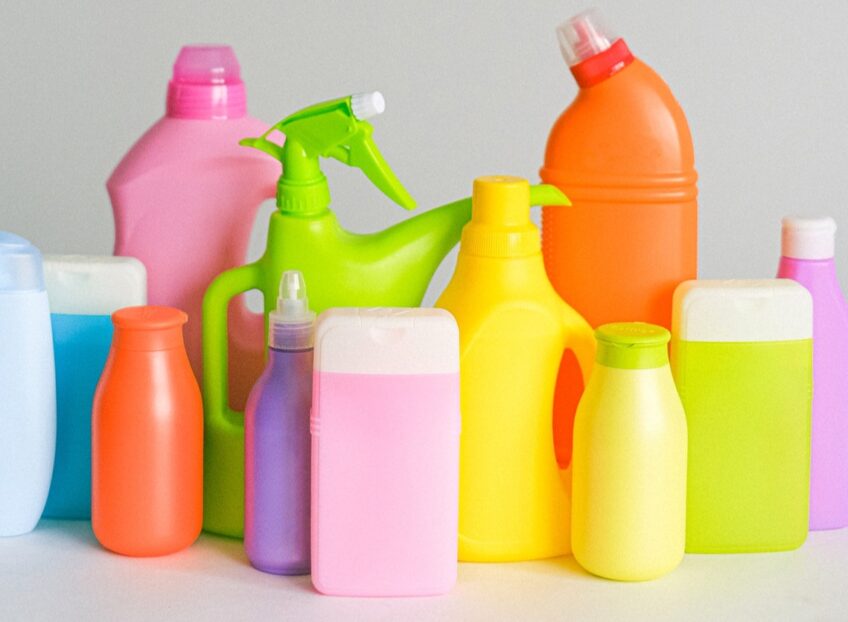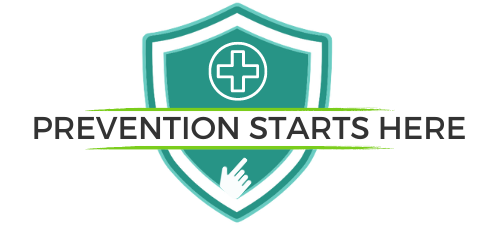In a recent joint statement with the Breast Cancer Fund, the American Medical Women’s Association called for a reduction of exposures to endocrine-disrupting chemicals and urged physicians and healthcare providers to educate the public and their own patients about ways to avoid chemicals linked to endocrine disruption.
They’re not the first professional medical association to speak out about endocrine-disrupting chemicals, and we hope not the last. The American Medical Association, American Academy of Pediatrics and American College of Obstetrics and Gynecology have all adopted chemical policies in response to the strong scientific evidence linking chemical exposures to health problems like breast cancer.
Endocrine-disrupting compounds are used in everyday products—plastics, cleaning products, cosmetics—and can affect the body’s development, growth and hormone balance by mimicking, blocking or disrupting the body’s natural hormones. They can alter hormone receptors, estrogen-related receptors or can influence epigenetics (ie. gene expression).

One of the most striking examples of an effect of exposure to an EDC is the legacy of diethylstilbestrol (DES), a synthetic estrogen that was prescribed to prevent miscarriage from 1947 to 1970. DES was not effective at preventing miscarriage and it led to an increased incidence of rare vaginal cancers in the daughters of women who took the drug. Both the mothers who took the drug and their daughters who were exposed to DES in the womb have higher than average rates of breast cancer.
Another example, bisphenol A, is one of the most common chemicals we’re exposed to each day, and it’s in everything from food and drink containers to dental fillings. BPA is a synthetic estrogen that can disrupt the hormone system, particularly when exposures occur while babies are still in the womb or in early life. Even miniscule exposures have been linked to increased risks for breast cancer, prostate cancer, infertility, early puberty, metabolic disorders and type-2 diabetes. Some BPA alternatives, such as BPS, have come on the market, but have yet to be proven safe. The FDA has banned BPA from baby bottles and infant formula packaging.

Chemicals and hormones in food are another major concern. The European Union banned the herbicide, Atrazine in 2005, but in the United States more than 75 million pounds of it is applied to corn and sorghum crops each year. The toxic stuff seeps into groundwater and drinking water, and has been associated with an increased risk of breast cancer. (Scientific studies also show that atrazine changes the sex of male frogs.) Zeranol, which is used extensively in the United States and Canada to promote rapid and more efficient growth rates in animals used as sources of meat, is of special concern for breast cancer because it mimics the hormone estradiol. Cancer cells exposed to zeranol show significant increases in cancer growth.
Given all that we know about how toxic chemical exposures can harm people, it is absolutely appropriate for healthcare providers to inform patients about how to avoid dangerous chemicals that can be found in things like cosmetics, food packaging and cleaning products. We applaud the American Medical Women’s Association for taking this step, and believe it can help pave the way for substantive chemicals policy reform by government and businesses alike.

